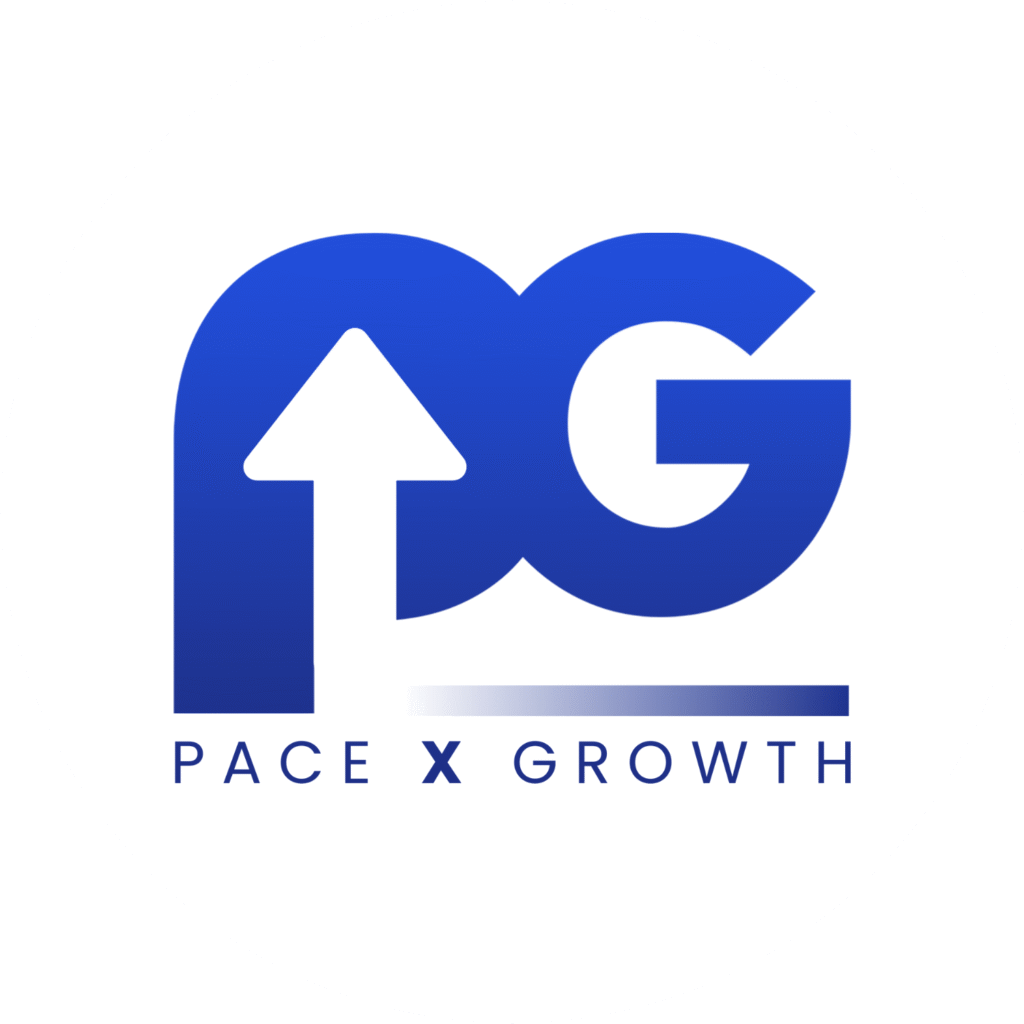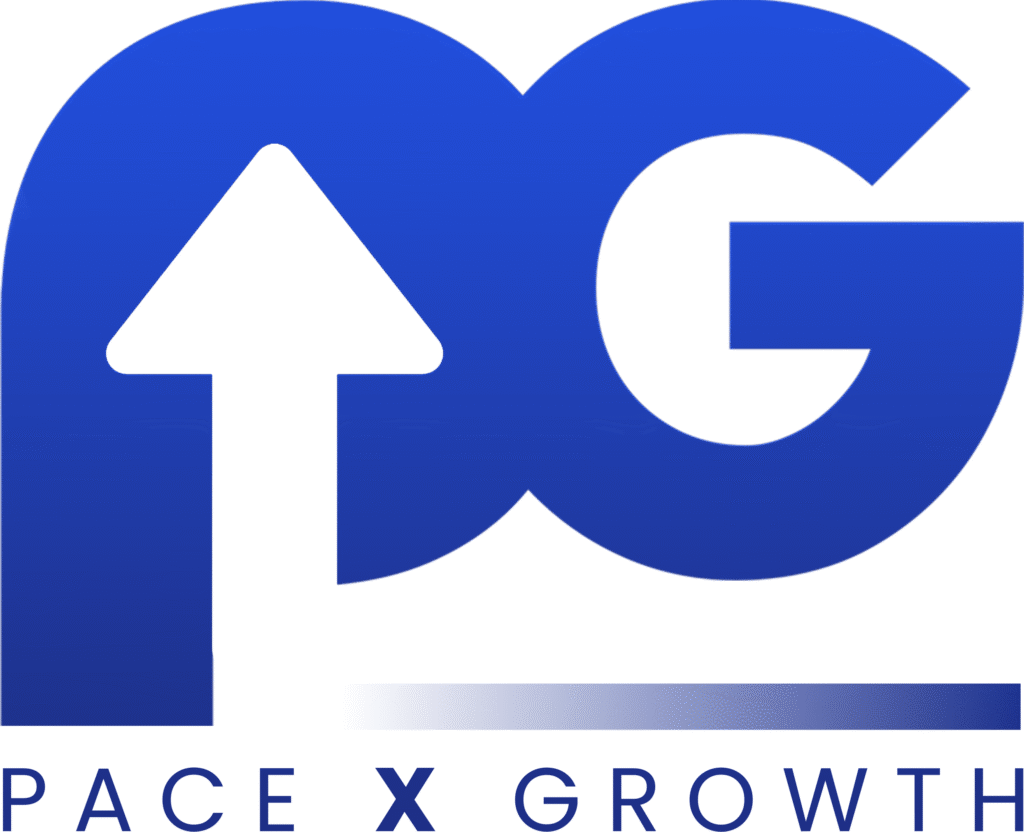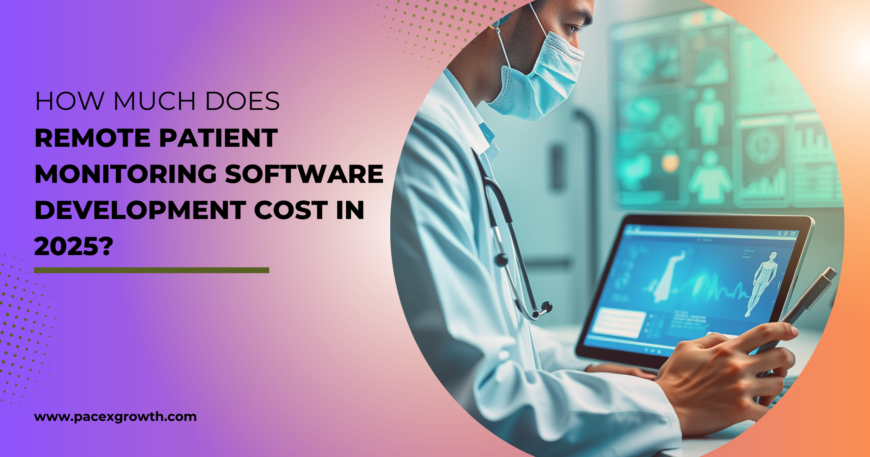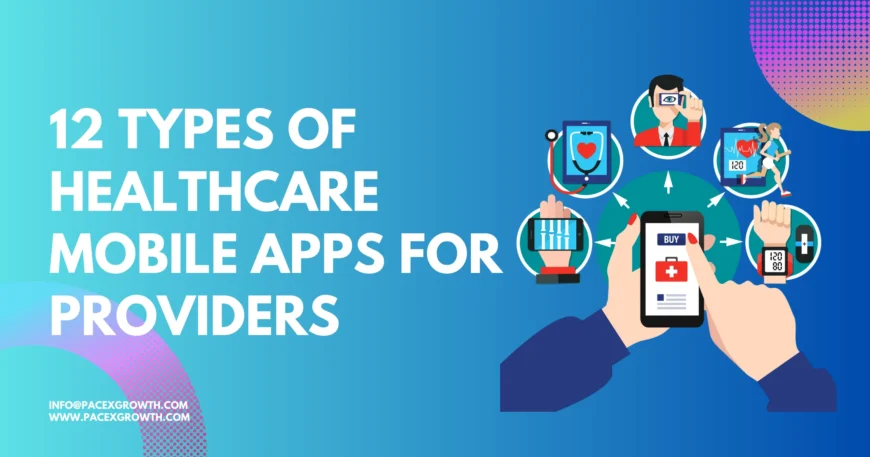How Much Does it Cost to Develop Remote Patient Monitoring Software in 2025 – 2026?
As digital healthcare continues to grow in 2025, more providers are turning to remote patient monitoring (RPM) to deliver better, faster, and more personalized care. But one big question remains—how much does it actually cost to develop remote patient monitoring software? The answer isn’t one-size-fits-all. The cost depends on features, integrations, compliance needs, and the expertise of your chosen remote patient monitoring software development company. Whether you’re building a simple app or a full-featured remote patient monitoring system, this guide will break down the key cost factors, so you can plan your investment wisely. Why RPM Software is Booming in 2025 With virtual care becoming the new normal, remote patient monitoring software is now a critical part of healthcare infrastructure. RPM allows doctors to monitor patients with chronic conditions or those recovering from surgeries—all without the need for in-person visits. But beyond convenience, the market is booming because: It improves patient outcomes Reduces hospital readmissions Saves time and operational costs for providers As per Fortune Business Insights, the global remote patient monitoring devices market was valued at USD 42.39 billion in 2023 and is projected to grow to USD 203.68 billion by 2032, at a CAGR of 19.1% during the forecast period. This growth reflects the increasing demand for smart, scalable rpm software solutions that can support real-time health data collection, improve decision-making, and expand access to care worldwide. What’s the Cost of Remote Patient Monitoring Software Development? Alright, let’s break it down. The remote patient monitoring software development cost depends on a number of variables. 1. Core Features and Their Impact on Cost Every great rpm system starts with a solid foundation of essential features: Patient Dashboard – To display vital stats in real timeThe patient dashboard acts as the home screen for users, showing up-to-date health data like heart rate, oxygen saturation, blood pressure, and more. It’s the first place patients and providers check to understand health trends at a glance. This dashboard often includes charts and personalized insights to keep patients engaged and informed. Doctor/Admin Panel – For patient management and alertsThe admin panel is where healthcare providers manage patients, assign care plans, and respond to alerts. It allows doctors to access each patient’s data, view real-time health summaries, and take action if something’s off. A user-friendly interface here is key to boosting efficiency for medical staff. Data Collection – From devices like blood pressure monitors, glucose meters, etc.This is the heart of any rpm system. The software connects with IoT-enabled devices that track vitals and automatically send data to the platform. Think Bluetooth blood pressure cuffs, glucose meters, pulse oximeters, and more. Accurate, continuous data collection ensures doctors always have the most current info to work with. Real-Time Alerts – Notifications for abnormal readingsIf a patient’s metrics go outside the safe zone—say, a sudden spike in blood pressure or low oxygen levels—the system instantly sends out alerts to both the provider and patient. These real-time notifications are crucial for proactive intervention and can help prevent emergencies before they escalate. Video Consultations – Telehealth integrationTelehealth is a natural extension of remote patient monitoring. Built-in video conferencing allows doctors and patients to connect directly within the app. This means quicker follow-ups, reduced in-person visits, and better access to care for remote or elderly patients. Secure Messaging – HIPAA-compliant communicationMessaging inside the platform lets doctors and patients communicate safely and quickly. HIPAA-compliant encryption ensures that sensitive health information stays protected. It’s also a great tool for sending care instructions, medication reminders, or simple check-ins. Analytics & Reporting – Visual dashboards for better decision-making Dashboards with real-time graphs, trend lines, and health reports help both patients and doctors understand what’s working and what’s not. For providers, analytics can spotlight high-risk patients and identify patterns. For patients, it’s a motivational tool to track progress over time. 2. Compliance and Security Remote patient monitoring (RPM) software must follow specific regulations to ensure the safety and privacy of patient health data. These standards are mandatory in most regions and help avoid legal issues, data breaches, and system shutdowns. HIPAA (Health Insurance Portability and Accountability Act) HIPAA is a regulation in the United States that protects sensitive patient health information. RPM software must include features such as data encryption, secure login systems, and access controls to meet HIPAA requirements. HL7 and FHIR Standards HL7 and FHIR are interoperability standards used in the healthcare industry. These standards allow remote patient monitoring systems to share data with electronic health record (EHR) platforms. This ensures smooth communication between healthcare systems. GDPR (General Data Protection Regulation) GDPR applies to systems handling data of individuals located in the European Union. It requires proper consent management, the ability to delete user data, and strong data protection measures. This regulation ensures that personal information is collected and processed lawfully. 3. Team Structure and Development Approach A complete and skilled rpm software development team is essential for building a reliable and secure remote patient monitoring software. Each member of the team plays an important role in ensuring smooth development and delivery of the final product. Project Manager The project manager is responsible for planning, organizing, and managing the rpm software development project. This role ensures that the project stays on schedule, within budget, and meets all technical and compliance requirements. Frontend and Backend Developers Developers handle the core technical work. Frontend developers focus on the user interface of the remote patient monitoring apps, while backend developers build the server-side logic. Together, they ensure the system is fast, functional, and secure. UI/UX Designer The UI/UX designer creates the layout and user experience of the remote patient monitoring software. A clean and easy-to-use design helps both patients and doctors interact with the system effectively, improving overall satisfaction and usability. QA Engineer The quality assurance (QA) engineer tests the software to find and fix bugs. This step is important to make sure the remote patient monitoring solution works as expected across all devices and user types. DevOps Specialist The DevOps specialist manages server infrastructure,









